Future Talks by RTF presents an extraordinary dialogue with Wendy Bergman, the visionary force behind Bergman and Co. At the heart of their existence is an unwavering passion for design—an ethos that propels them to innovate, educate, and revel in exploration. Their collaborative approach harnesses both internal expertise and external design acumen, fostering an environment where diverse perspectives converge to breathe life into spaces.
Creativity is their cornerstone, driving them to constantly delve into uncharted territories and redefine boundaries. Yet, at the core of this creativity lies a deep-seated commitment to understanding their clients’ aspirations and dreams. Whether shaping environments for individuals, communities, or groups, Bergman and Co’s mission is to surpass expectations, delivering outcomes that transcend imagination.
But Bergman and Co is more than a collective of professionals—it’s a mosaic of individuals with multifaceted passions and experiences. They are architects, interior designers, movie set visionaries, and enthusiasts of life’s varied dimensions. This rich tapestry of skills and perspectives forms the bedrock for their exceptional and informed design solutions, ensuring that every project they undertake surpasses not just the clients’ goals but their own aspirations as well. Join us in this conversation as we unravel the essence of design, innovation, and boundless creativity with Wendy Bergman.
RTF: Hi Wendy, We are glad to have you as a guest on Future Talks by RTF. Thanks for joining us. What has your approach towards design been like? How has time shaped it?
Wendy: ‘If I’ve seen it, I don’t want it’ has been a bit of a catchcry at Bergman and Co. I’m not a closed book to exploring and challenging design ideas, I think it could make you creatively illiterate if you did allow that to happen. It is and always will be a case of listening to, looking at and learning from others that has allowed the creativity in me to be realised and constantly replenished. I get a lot of satisfaction from the initial creative side of the design process. Our approach for many commercial projects has been akin to designing a movie set, looking at those genera for inspiration and gently challenging and stretching the clients’ original limitations.
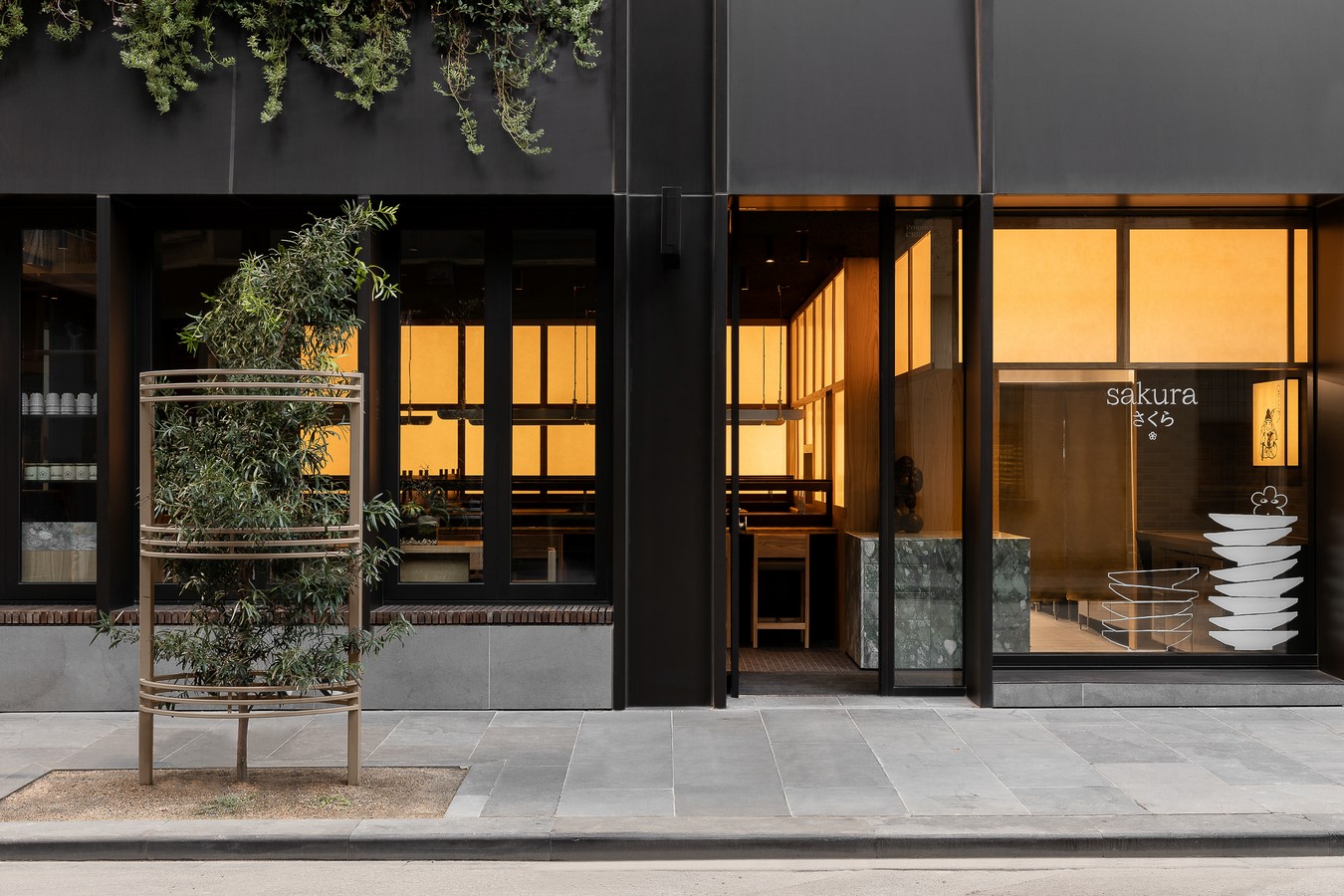
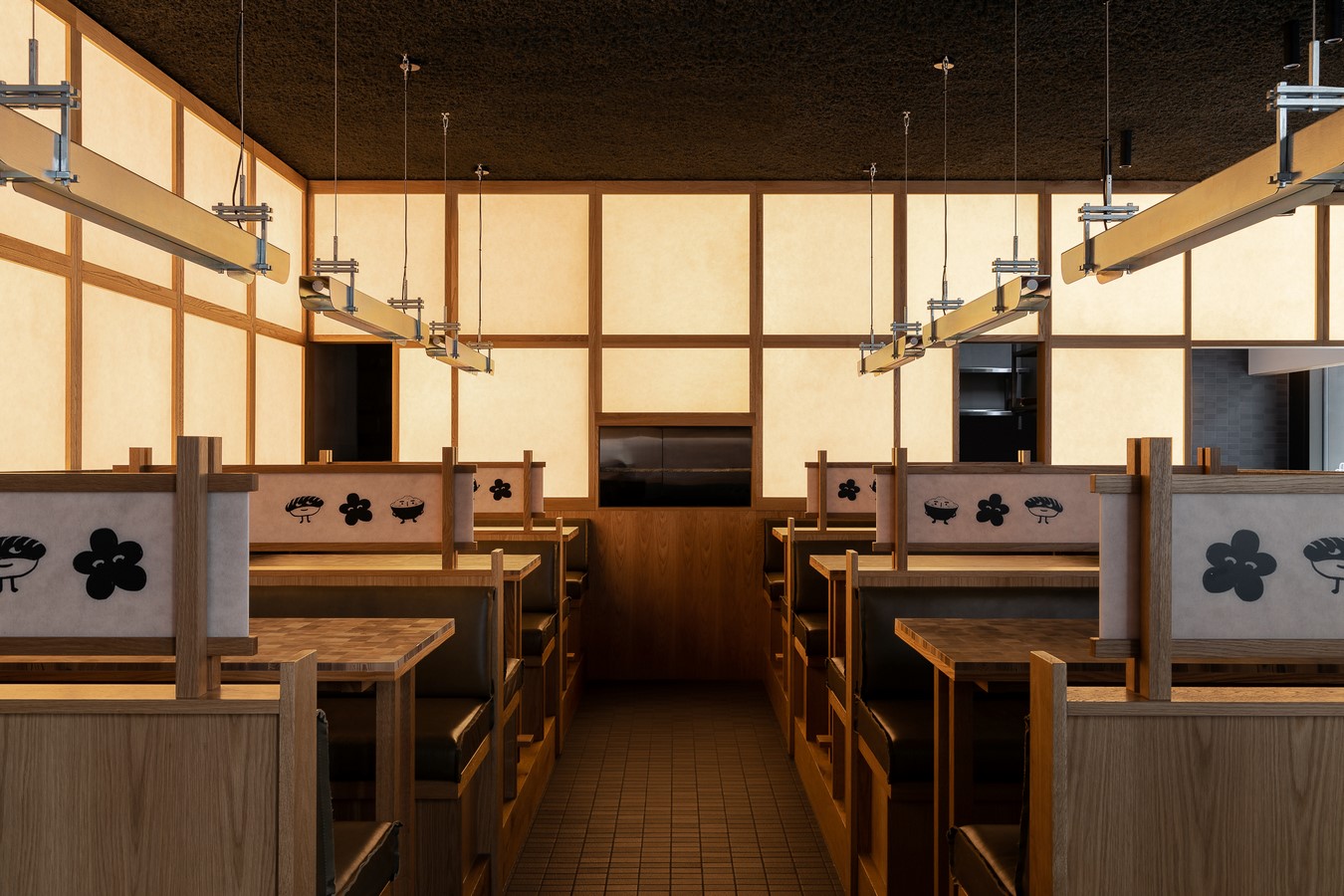
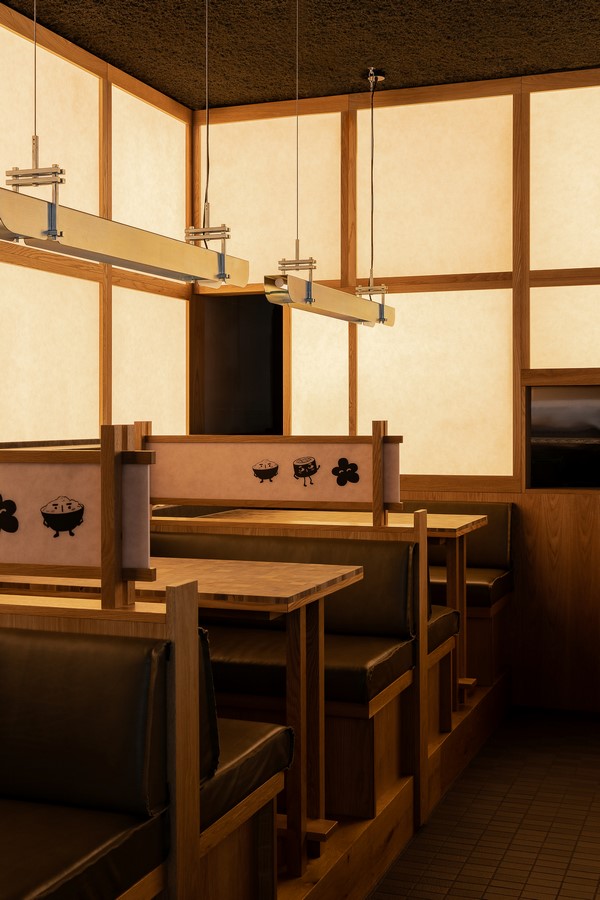
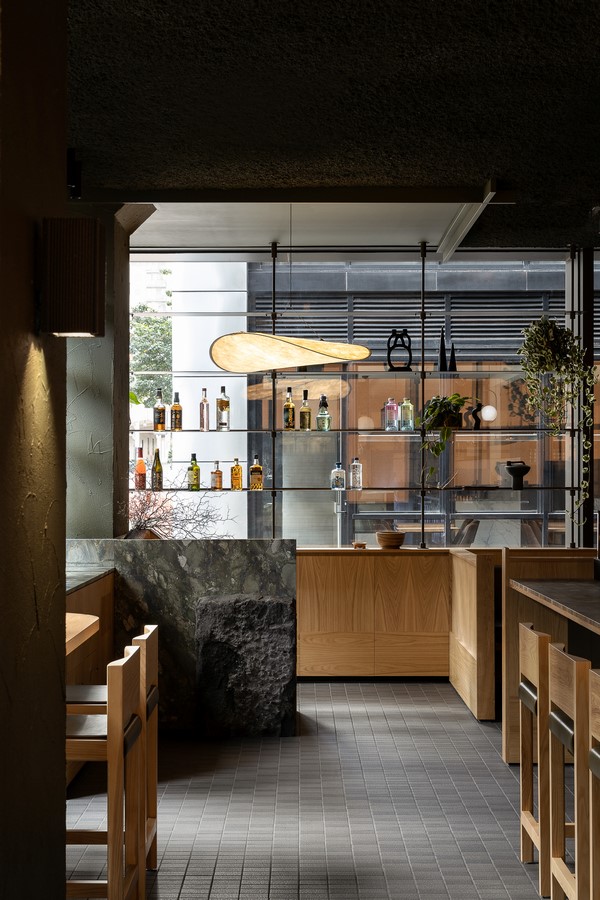
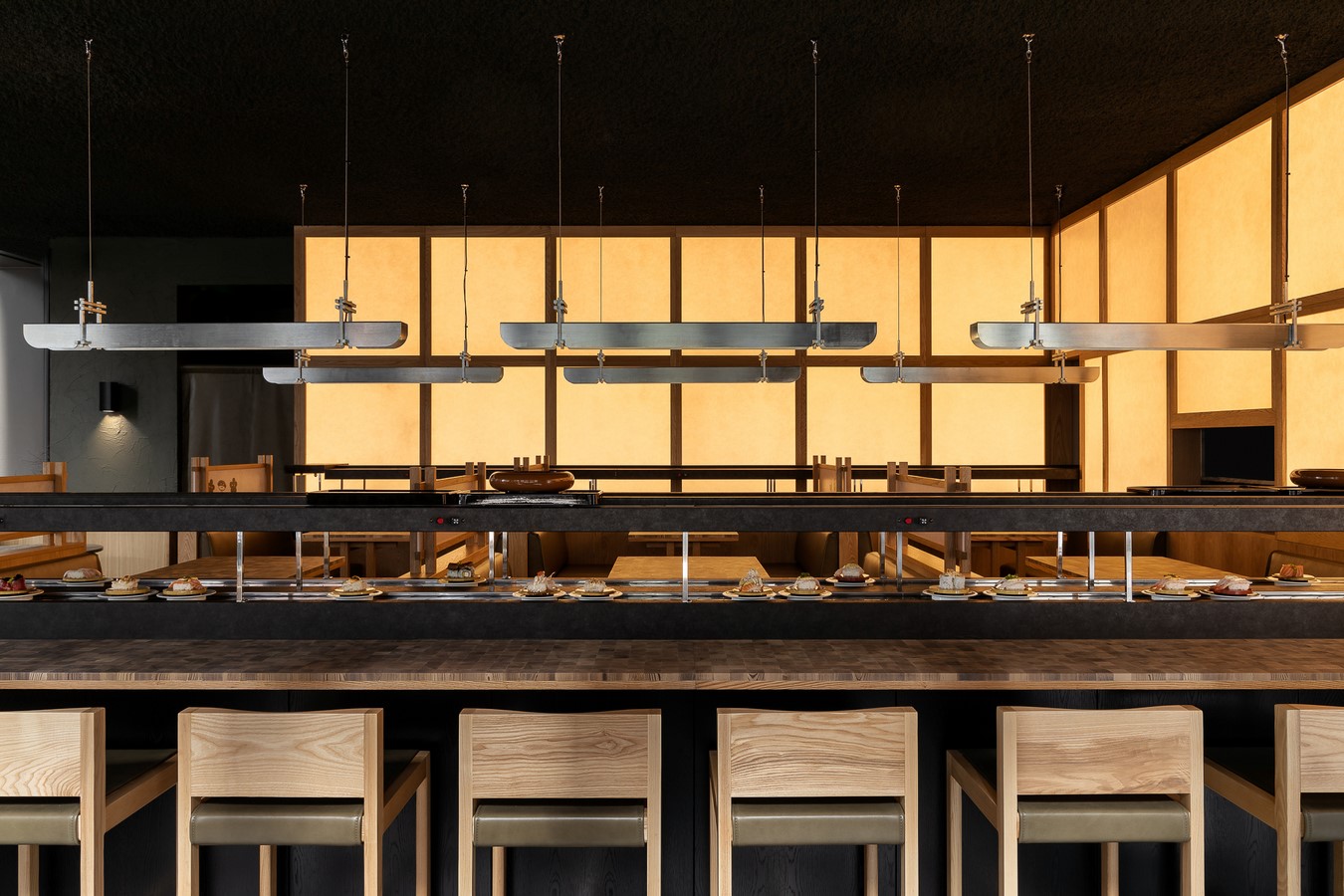
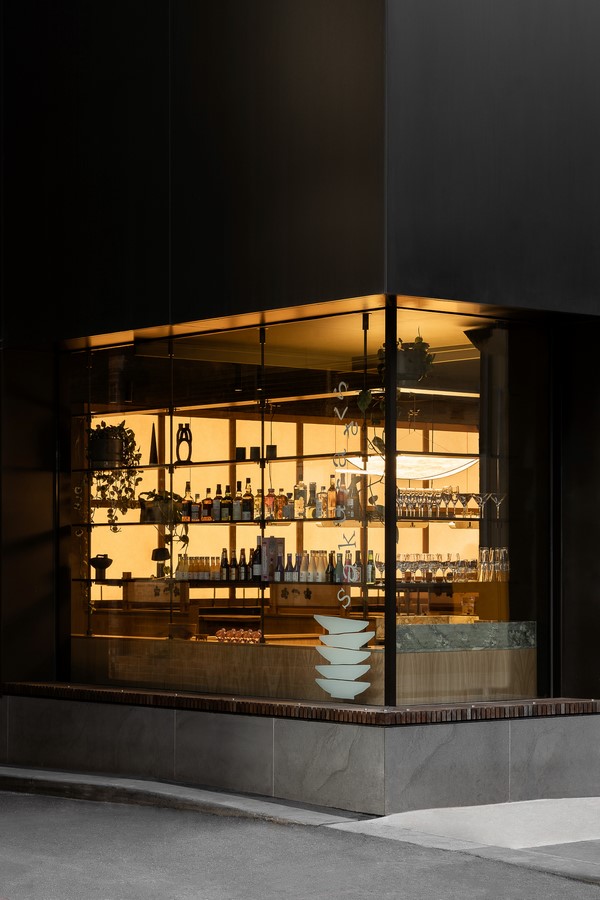
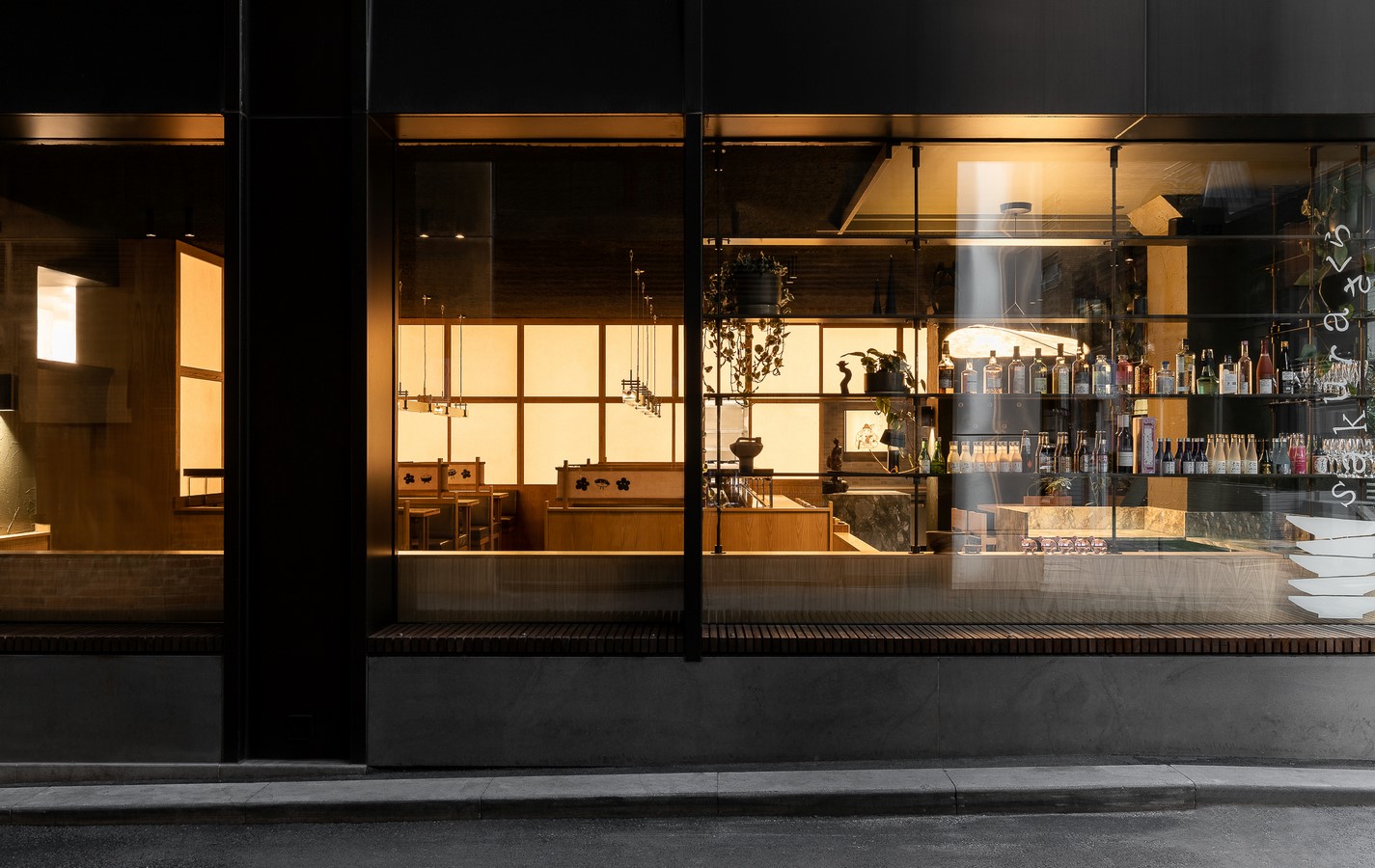
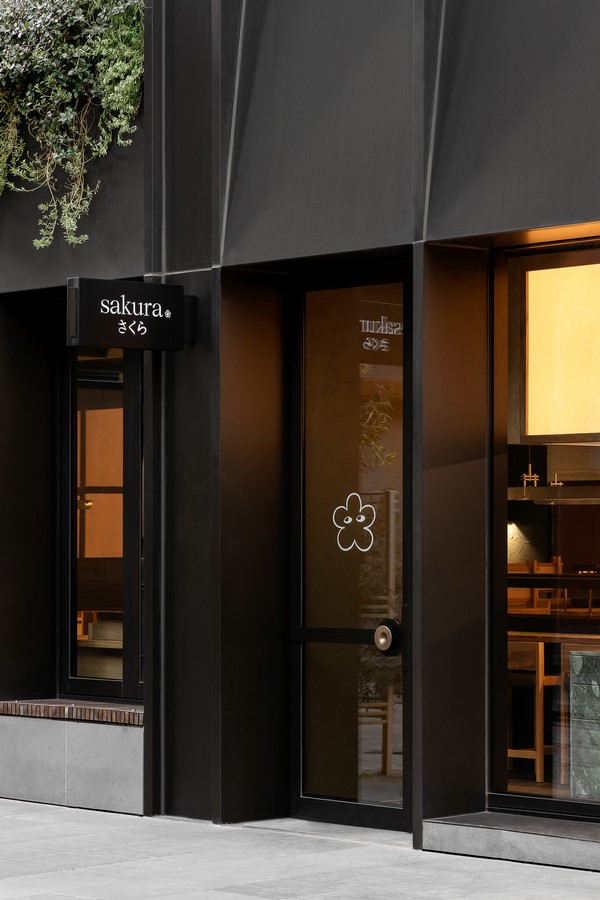
RTF: How do you look at the work beyond designing for young designers, such as the likes of involvement in publishing, handling media and building an online presence? How rewarding do you find your job to be?
Wendy: Learning the fundamentals or getting involved in the contribution of social media or publishing output is not a deal breaker but a fantastic attribute for any young or senior designer. The importance of social media and the speed it revolves is dizzying and very much engrained in modern culture. I tend to lean towards my employees’ strengths and generally employ people to equip my business in that field being Interior Design. That being said, I’ve had and still have young Designers in the team that are guns with written content and feeding social media and I make sure these skills are utilised…but only if they are willing and have time.
RTF: How do you keep yourself connected to the design bandwagon? How challenging does it get sometimes?
Wendy: Regular communication with peers within the creative industries is vital. Whether that’s a chat on the phone, attending events or inviting peeps to my studio for a G&T. You can’t be an island; you must put in effort to be rewarded friendship and knowledge because they don’t simply fall on your lap and stay there. And if you’re a little weary, stay at home and nibble on related social media platforms, which are a fabulous feeder of ideas. The design industry is worldwide, and the world is now open, accessible and very inspirational…so eat up!
If possible, travel to countries outside your own. I recently went to the Milan Design Fair which was truly inspirational. Not only for the product diversity of the fair but the scale, the mesmerizing installations cradled amongst beautiful old architecture and the ideas of established and upcoming creatives. Wonderful!
Keep your eyes peeled for new artists and designers whose creations speak to you. There is a twofold thing here: they refresh the reasons you love design, and you give them the financial and emotional reasons to create.
RTF: How do you keep yourself creatively bolstered to be progressive and true to your approach towards designs?
Wendy: I choose not to rinse and repeat ideas, as eclecticism is a driving force behind keeping me interested. I’m not necessarily talking about the pieces that populate a space but the theme behind the interiors design. Bergman and Co are not necessarily known for a particular style of interior design but perhaps for the depth or richness of the chosen style. Bespoke pieces or finishes are often commissioned by local artisans and frequently by my Industrial Designer husband from ‘Please Please Please’. Adding lighting or furniture pieces that won’t be seen in any other fit out certainly adds interest and even clarity to what we are putting forward. I think if we were repeating a particular design style or abusing the use of interior furnishings, lighting and objects I’d be bothered and probably bored.
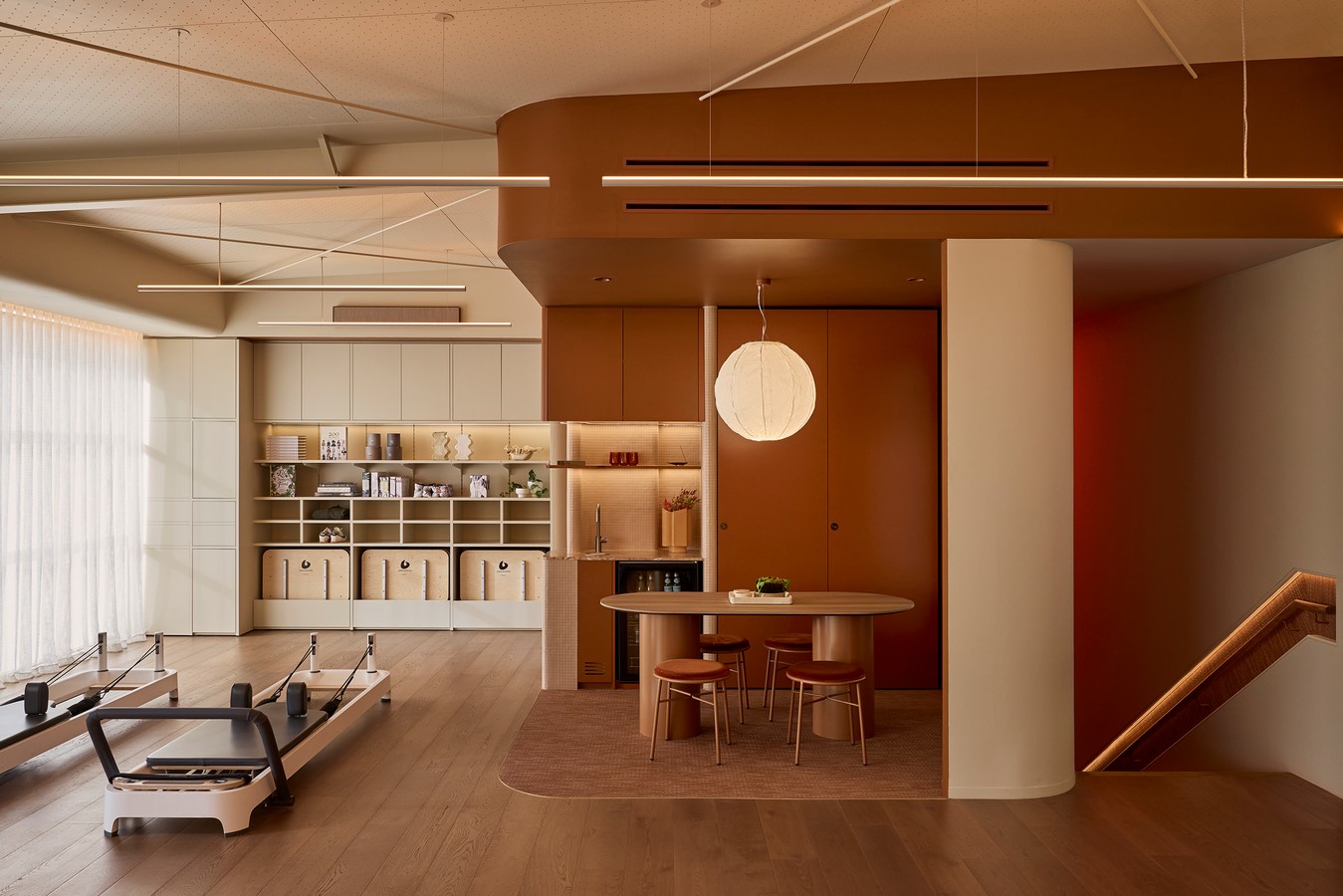
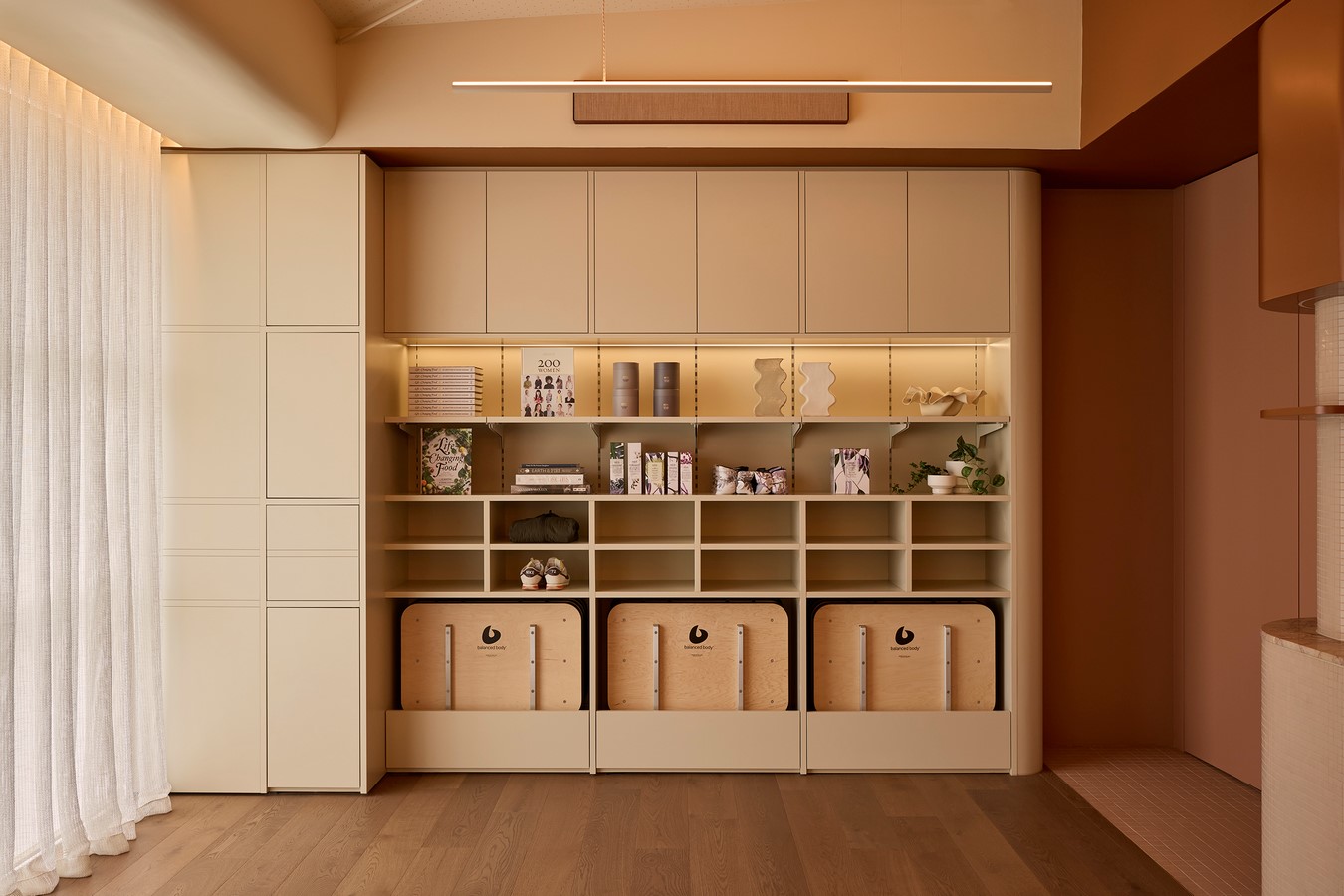
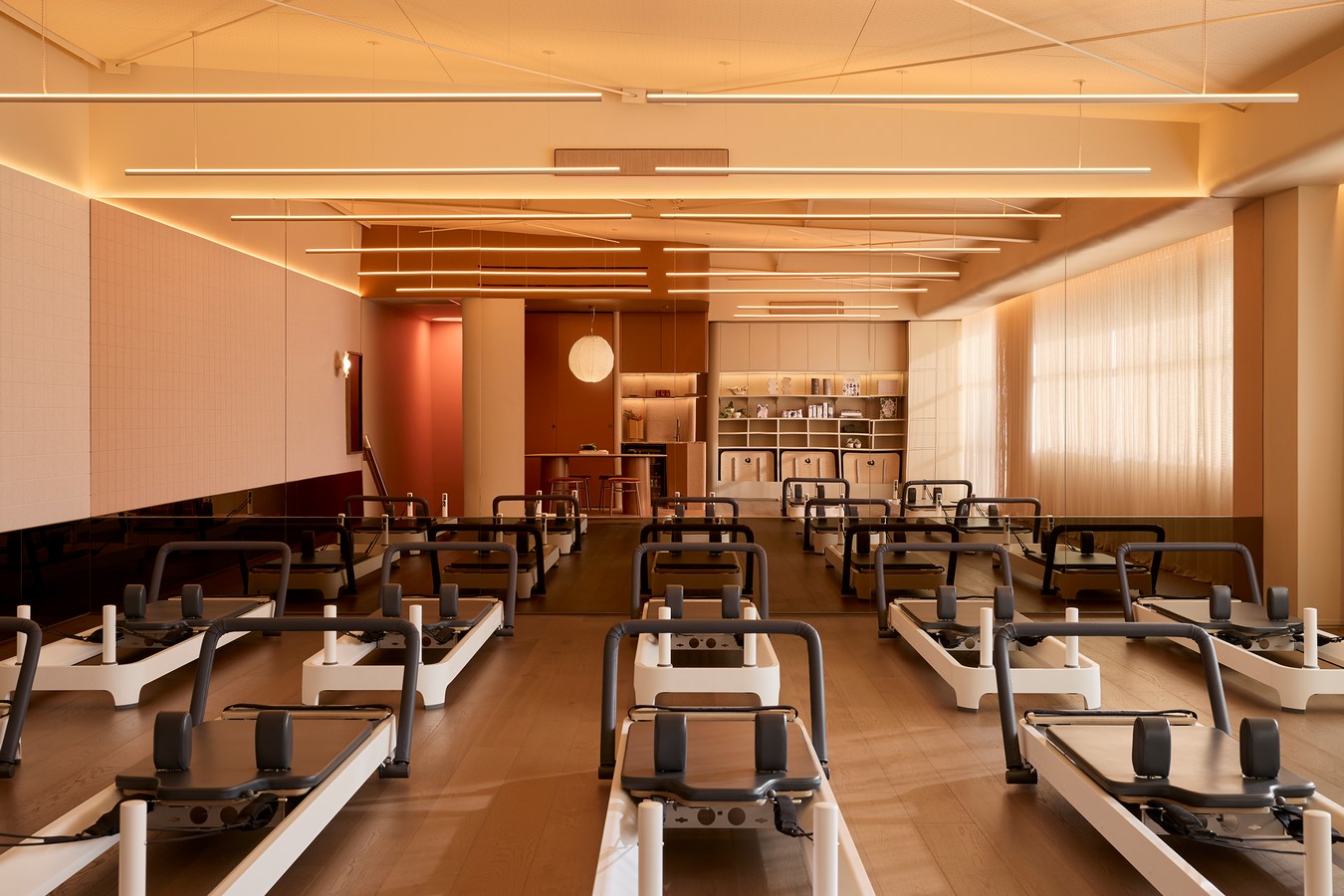

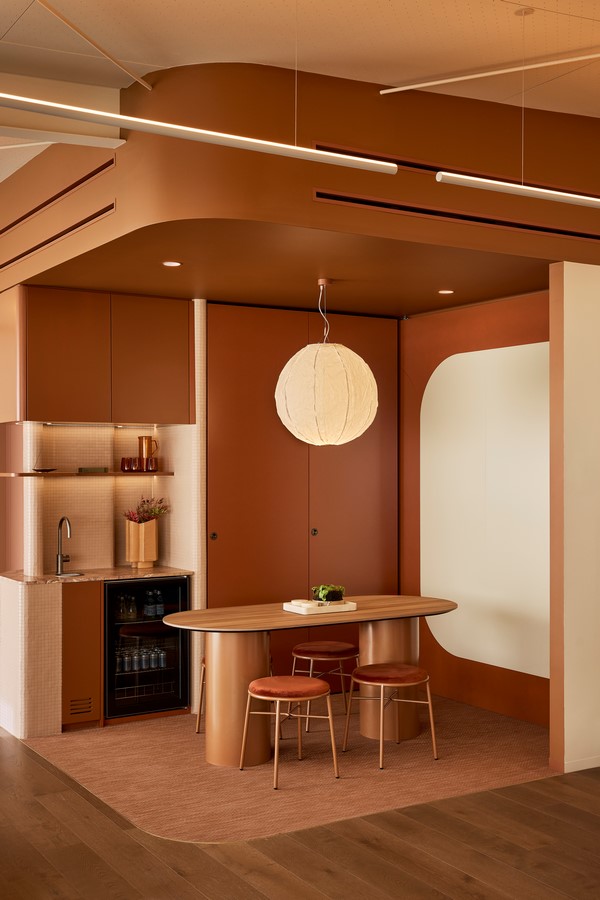
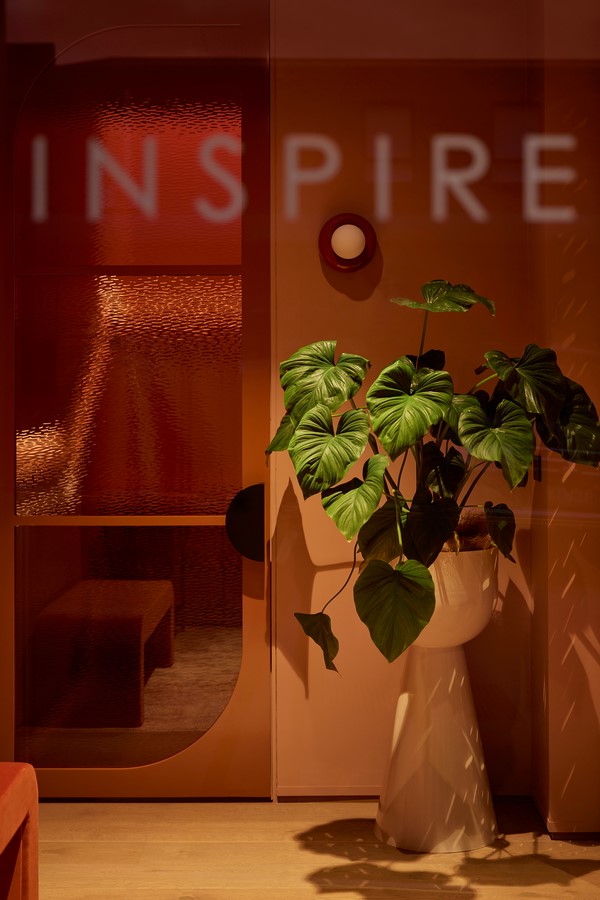
RTF: How do you gauge a new landscape in design? How is the urban population’s perception changing towards the interiors?
Wendy: Speak from my experience in commercial projects, predominantly hospitality design, I have noticed it becoming less generic and more explorative. In a space that is considerably crowded, the request of restaurant and café owners to have a visually unique interior offering, thankfully has increased. Punters want bang for their buck and vendors need to be on top of their game on all levels being, food, fit out, service and sound.
RTF: What is your perspective on the evolving role of architectural criticism and the influence of architectural critics in the digital age?
Wendy: Criticism is essential for learning and improving, and in my opinion should be constructive, come from an informed source, and have valid reasoning why they have come to their conclusion. It’s also a good idea to understand the background of the person/s giving criticism to see if they have merit. I don’t believe you can totally exclude personal taste from the equation which can make a supposedly unbiased analysis questionable. But in saying that, there are still too many buildings that seem to be skipping any reasonable form of analysis and it’s hurting the places we live and work.

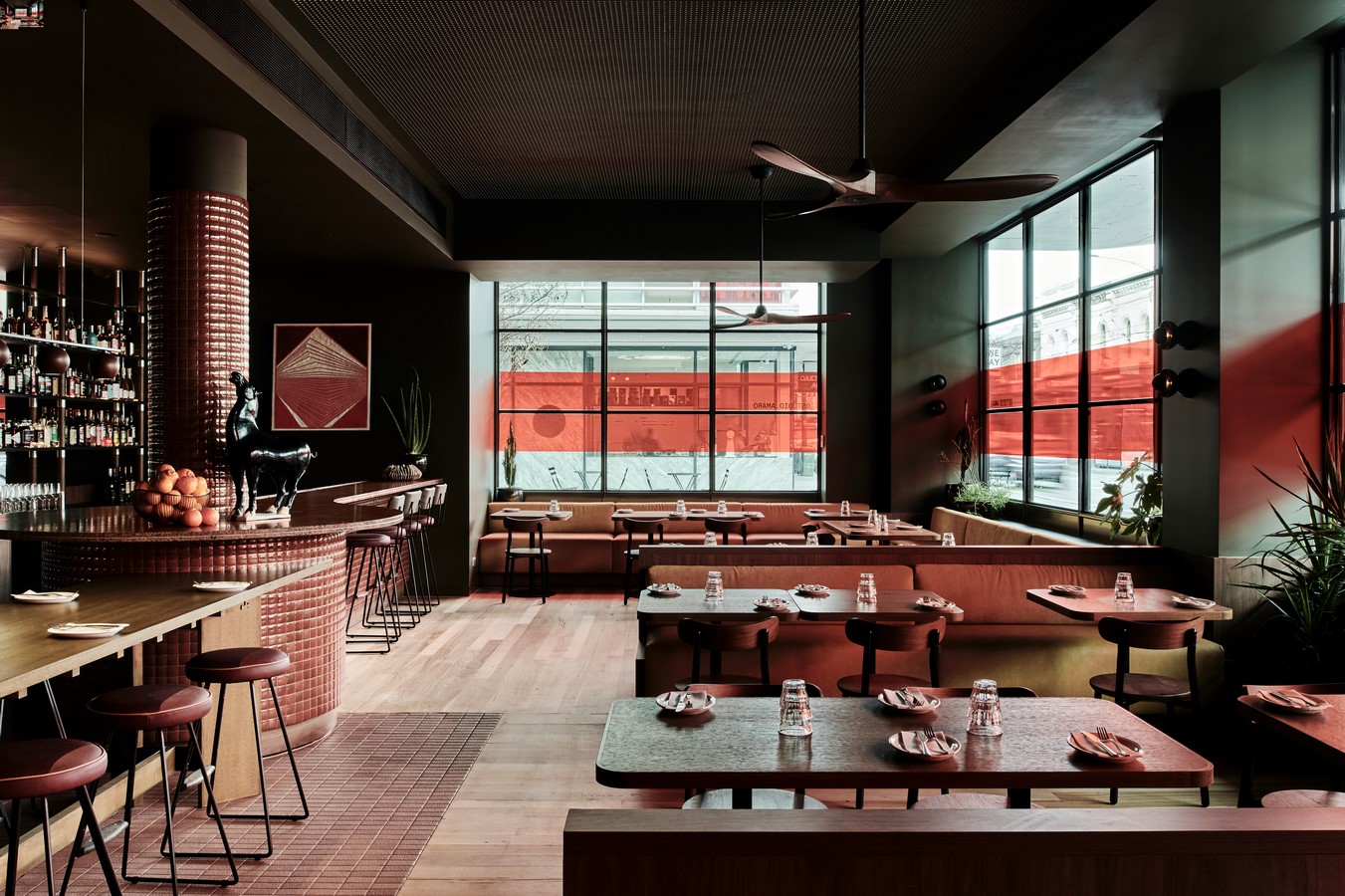
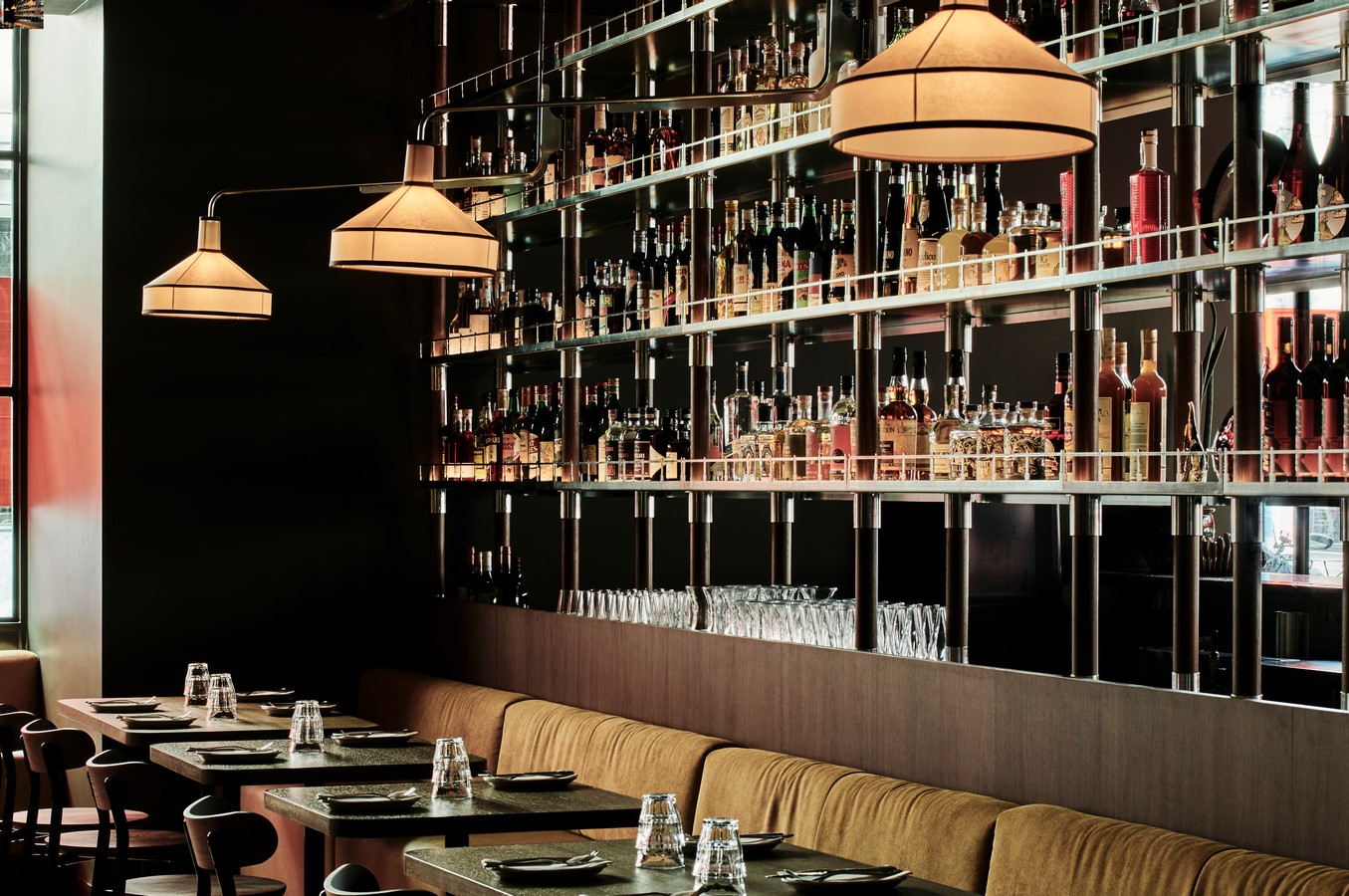
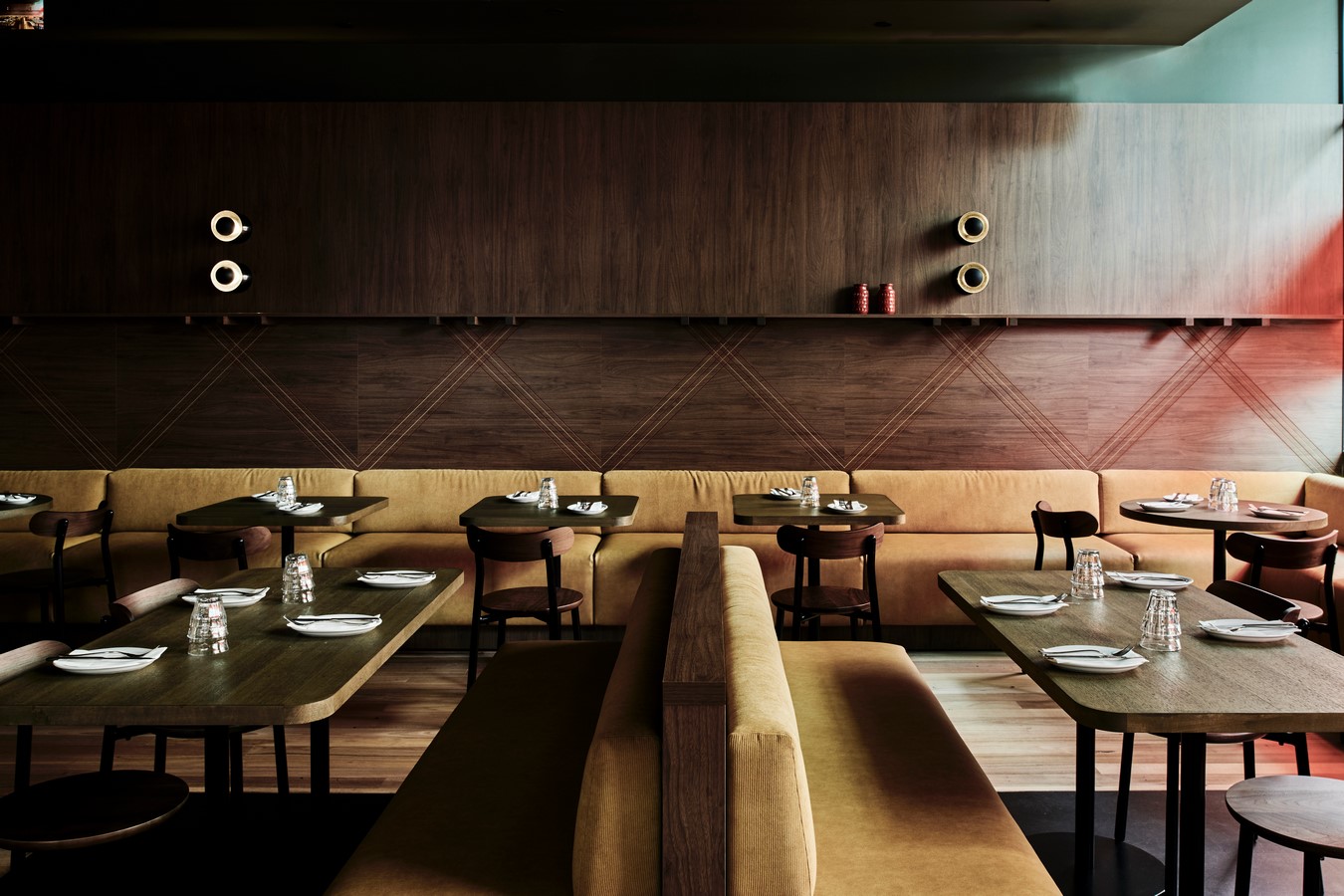
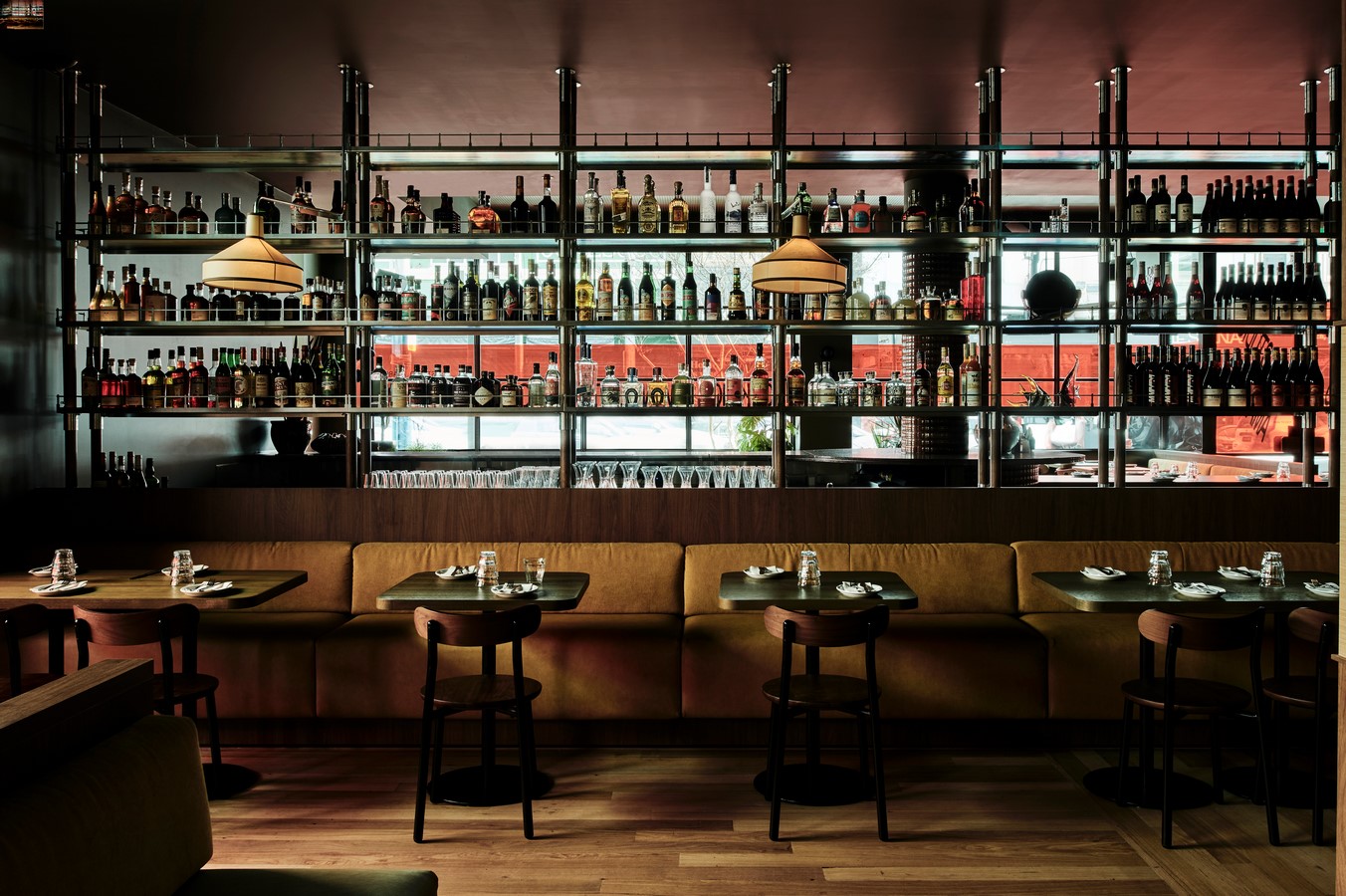

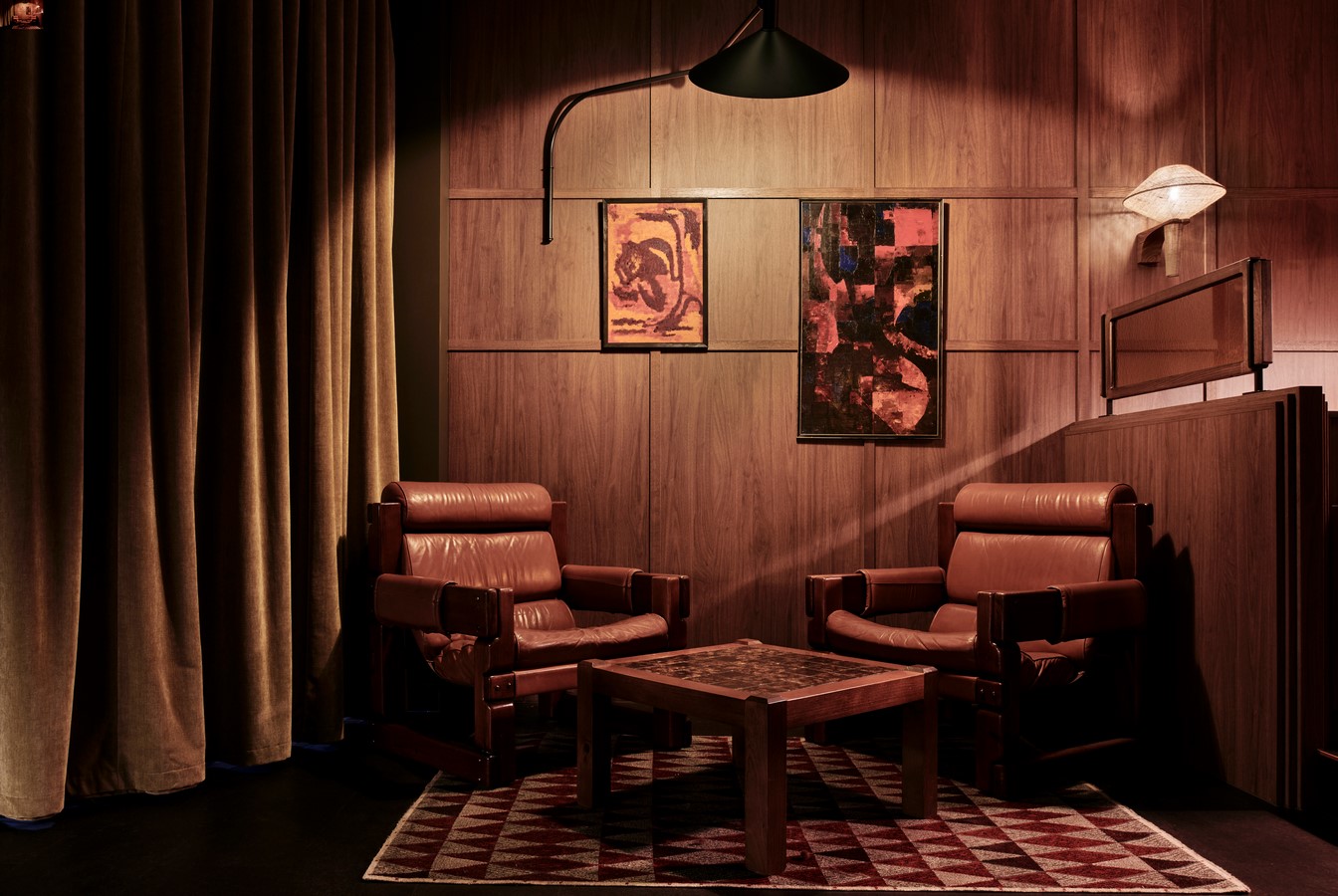
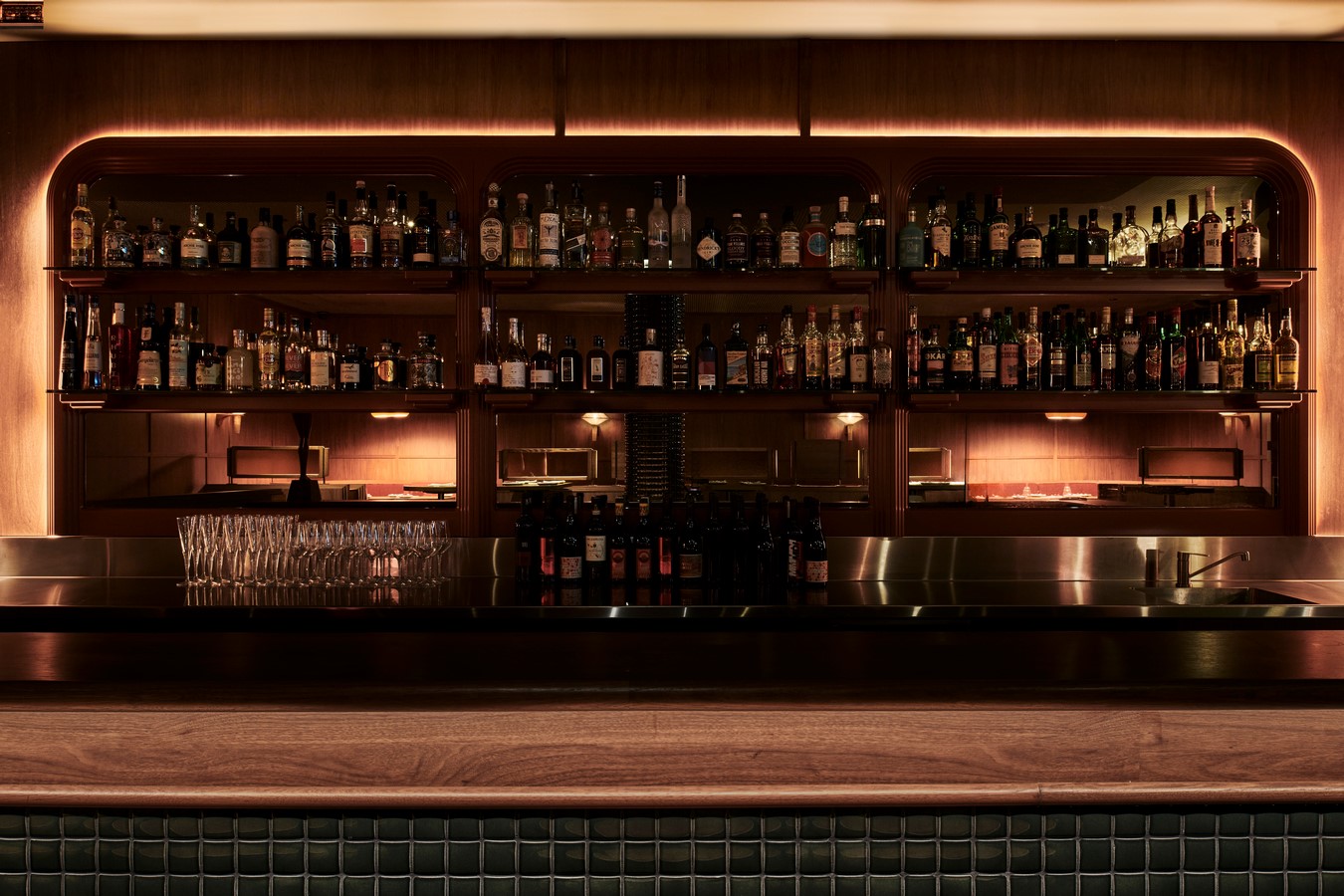
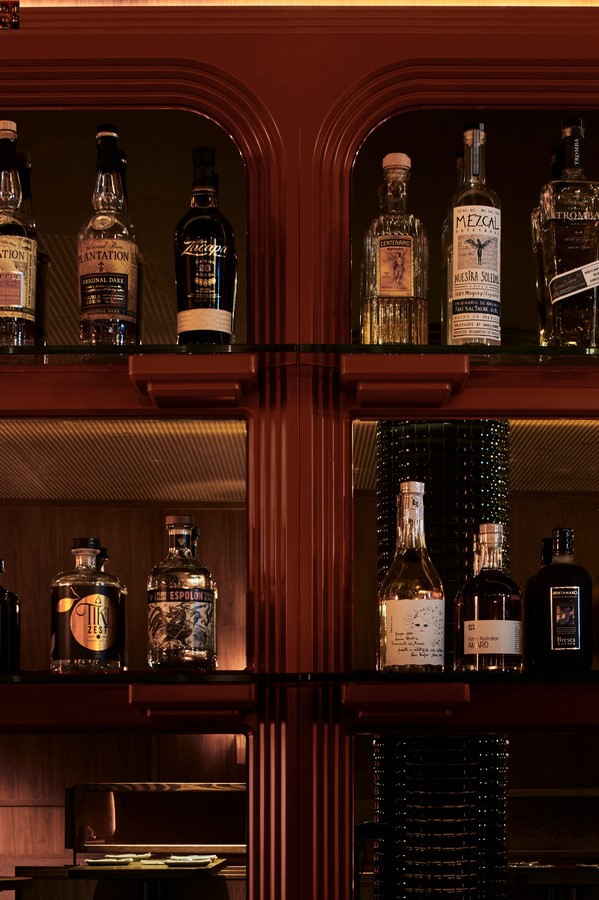
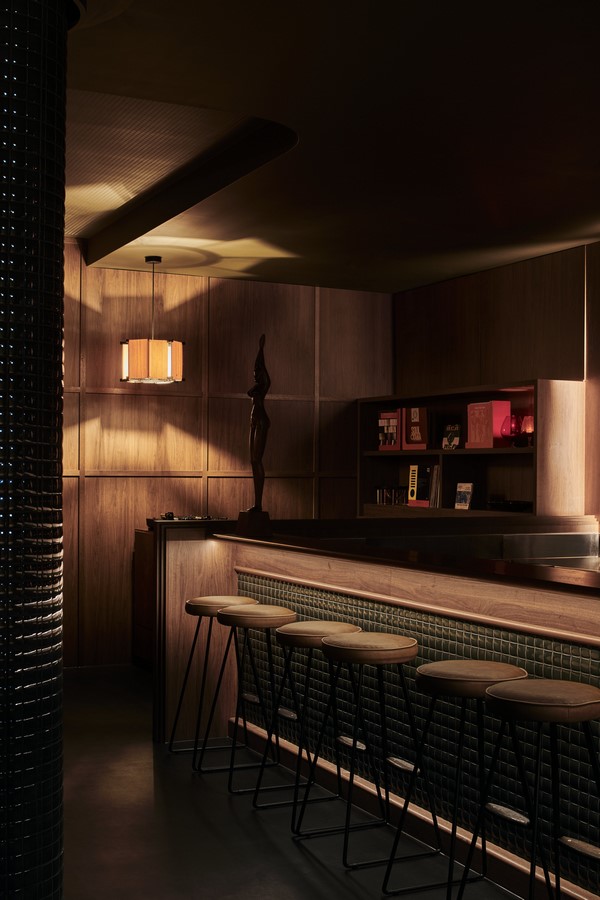

RTF: How do you tailor your communication and publication strategies to resonate with different target audiences, whether it’s clients, peers, or the general public?
Wendy: Depending on the nature of the publication or platform we will tighten or loosen the design language. If the publication is directed towards designers or those that have a love of design, we will tighten the language and make it more design-centric. If it’s a relatively unknown or varied audience such as Instagram the tone with be loosened and even a bit tongue in cheek. Some platforms are predominantly visual such as various industry Design Awards so choosing the photographic images that best communicates the project is important. Oh…and for this publication…I’m trying to sound considerably smarter than I really am!!
RTF: How important do you consider ‘upskilling’ in the design landscape, looking through the lens of technological advancements?
Wendy: If a new or different program is a better option and more useful, then yes, upskilling is beneficial and even essential. Every designer has ‘natural’ skill sets, and its best to realise what these skills are. It’s a case of playing to your teams’ individual strengths and benefitting those strengths whether that’s learning old school techniques or new technologies. There’s no point administering a new skill across the board if an individual is allergic to it.
RTF: Which project of yours has been the most rewarding for you in terms of learning? Which is your favourite project and why?
Wendy: The project with the biggest personal learning curve to date would be one of our most recent projects being ‘G McBean Family Butchers’ in the Prahran Market. A beautifully appointed butcher selling high-end raw produce and inhouse cooked food, all requiring specific needs. We have never done a butcher shop before so gaining a clear understanding of the best way this retail butcher could operate from preparation to presentation was essential.
I would consider Poodle Bar and Bistro on Gertrude St Melbourne to be my favourite project I have worked on. The restaurant takes up two double storey terrace houses which had to be combined into one venue. There were a vast number of changes made to the interior space which entailed quite a bit of structural engineering. It was thanks to the open, trusting and talented clients that allowed us to get our design vision for this Italianesque restaurant realised. Client confidence certainly helps with workflow and design continuity, especially when they are lovely people and they ‘get it’. I’ve been to Poodle many times since and still enjoy dining there!
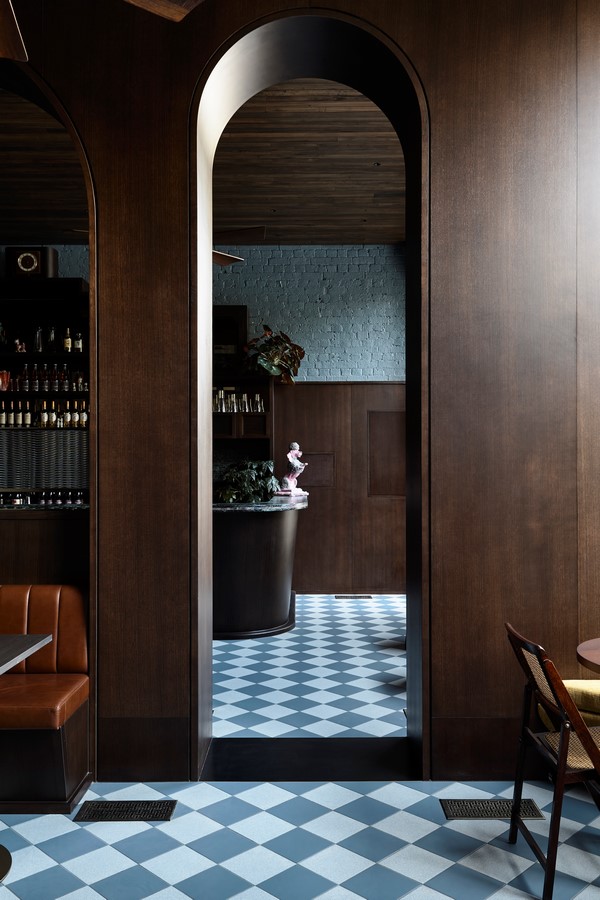
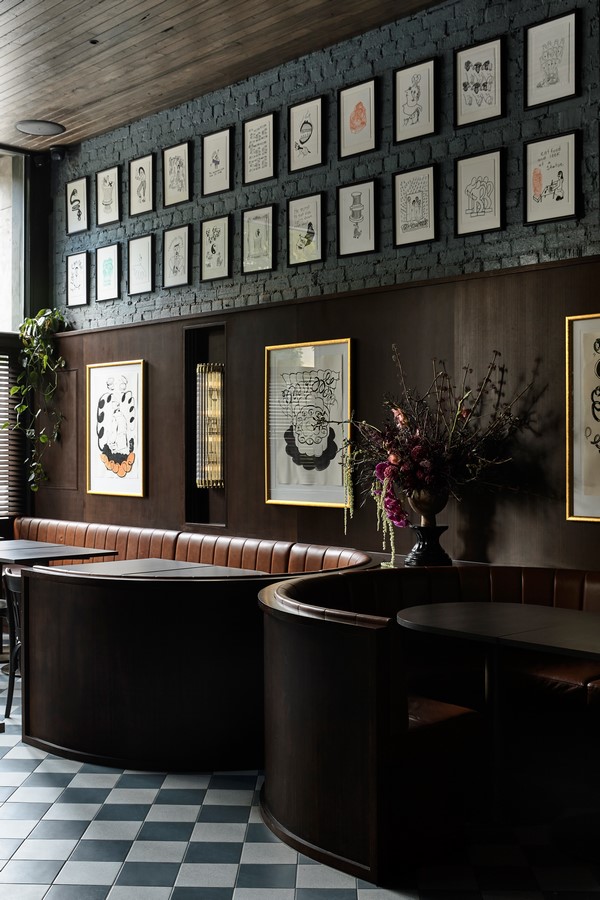
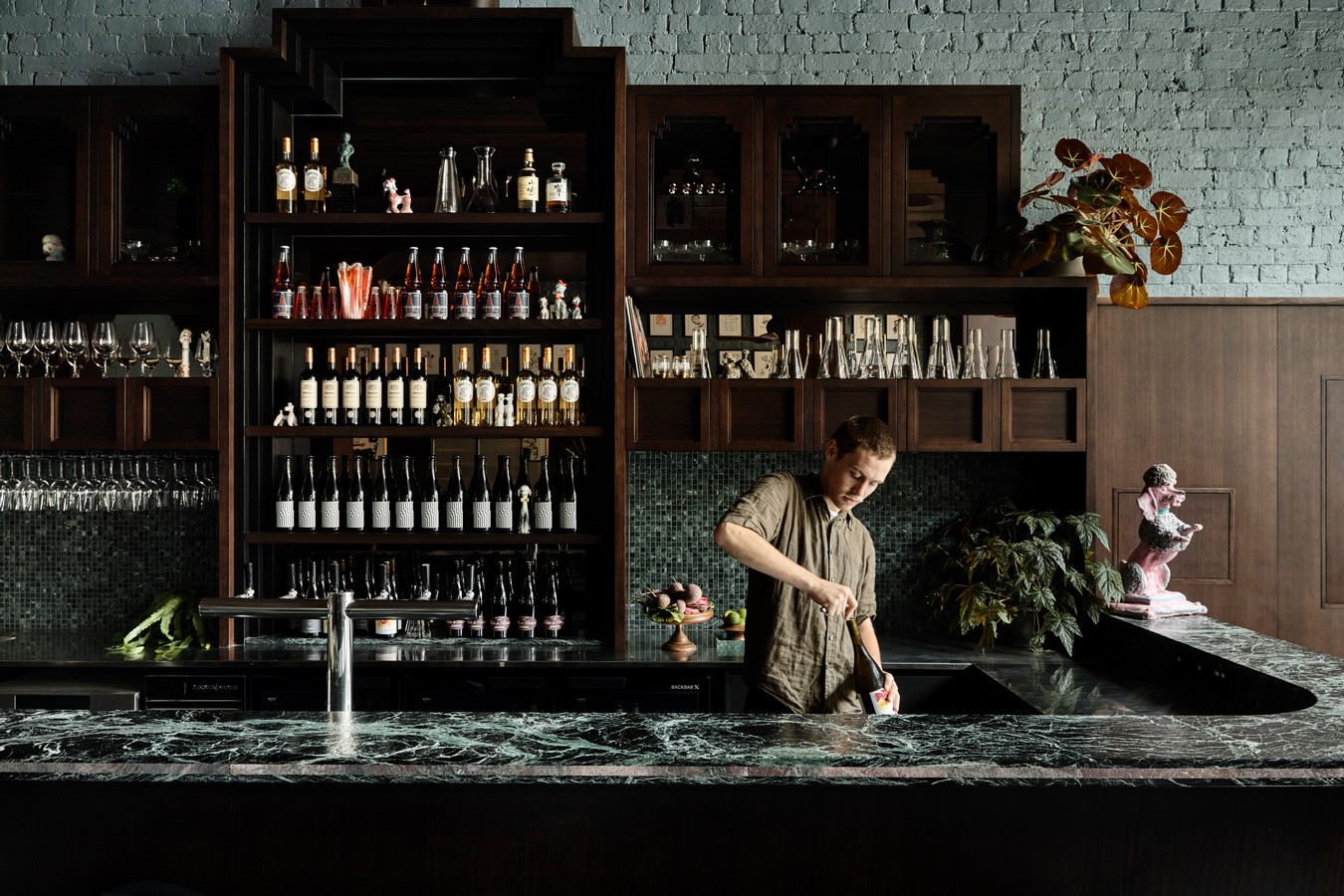
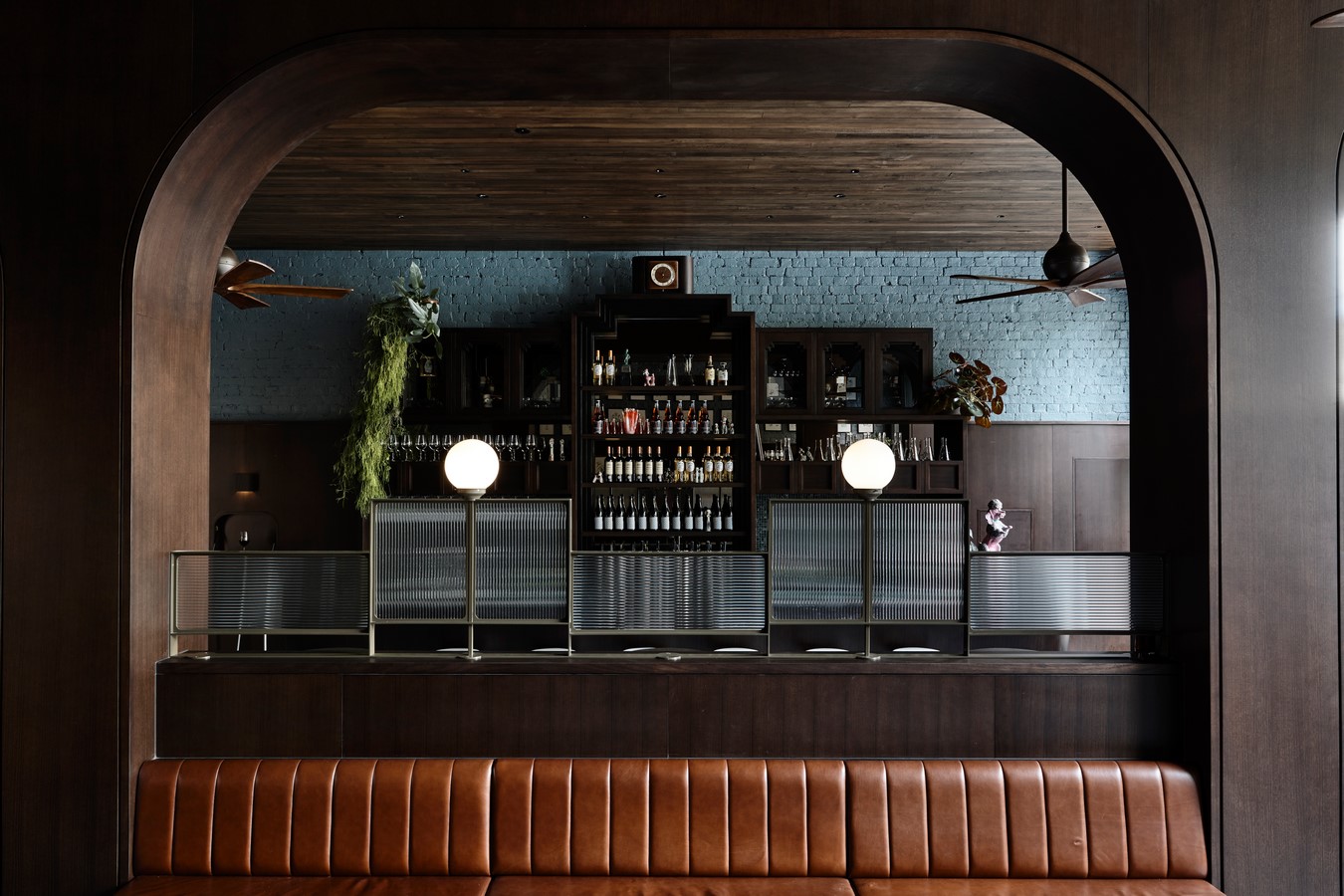
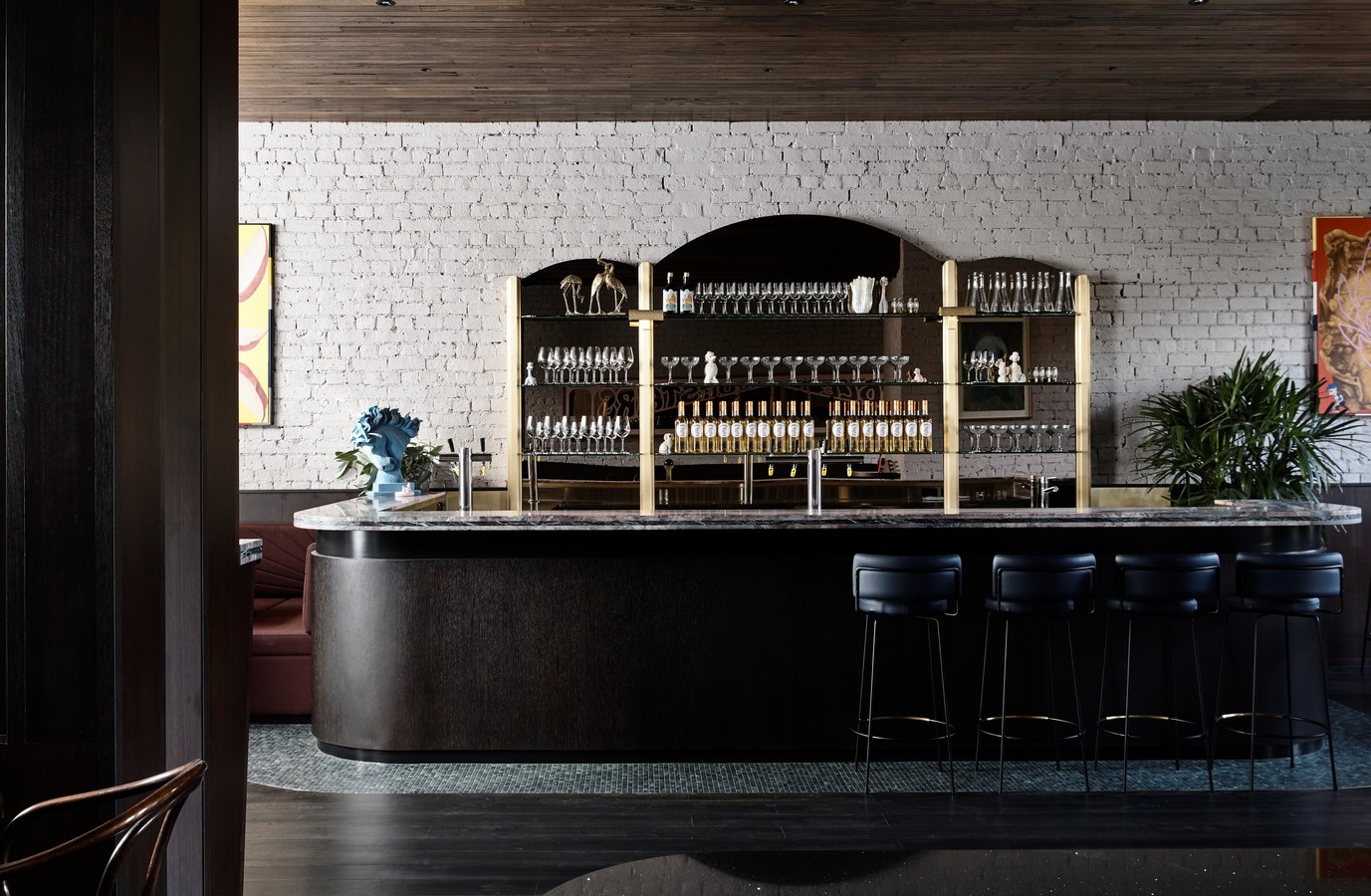
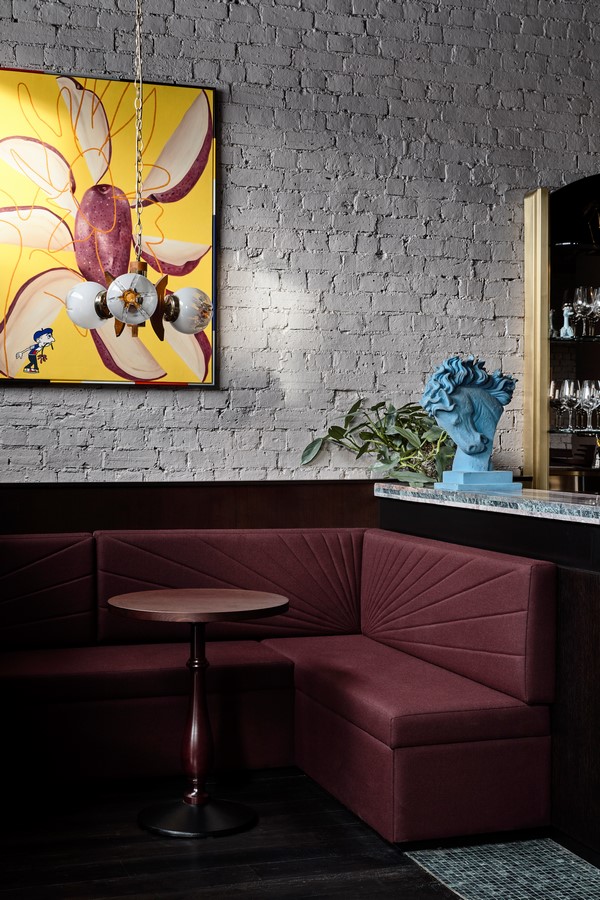
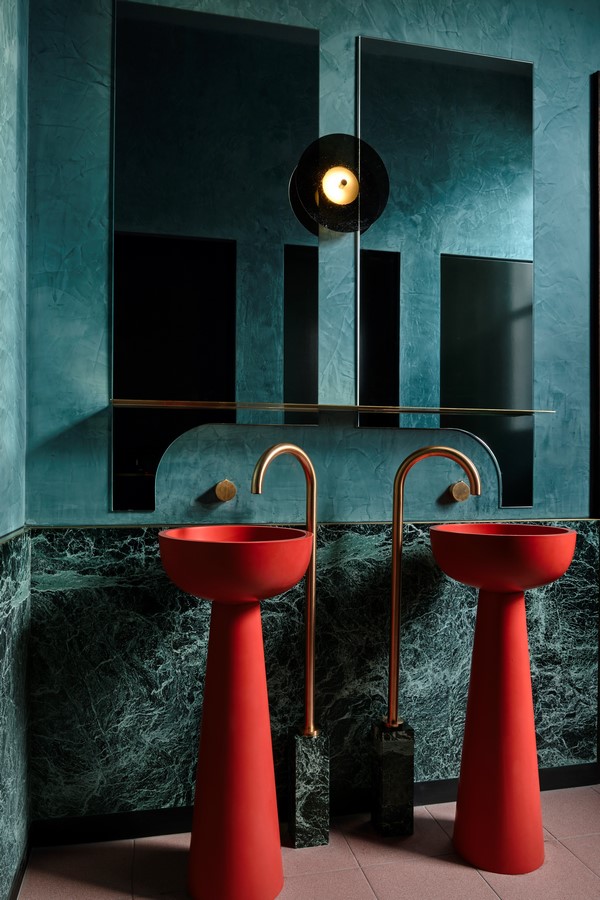

RTF: What advice would you give to aspiring architects who are just starting their careers in the field?
Wendy: This sounds a bit brutal but only do it if you love it and are naturally drawn to it!
Don’t be afraid to stretch yourself regarding your design ideas, playing it safe plays to mediocrity.
Follow the designers and studios that float your boat, they’ll be mentoring you without knowing it.
Listen without arrogance, this will lead to wisdom and knowing what is right for you and what isn’t.
Work hard at it, it won’t just come.














































